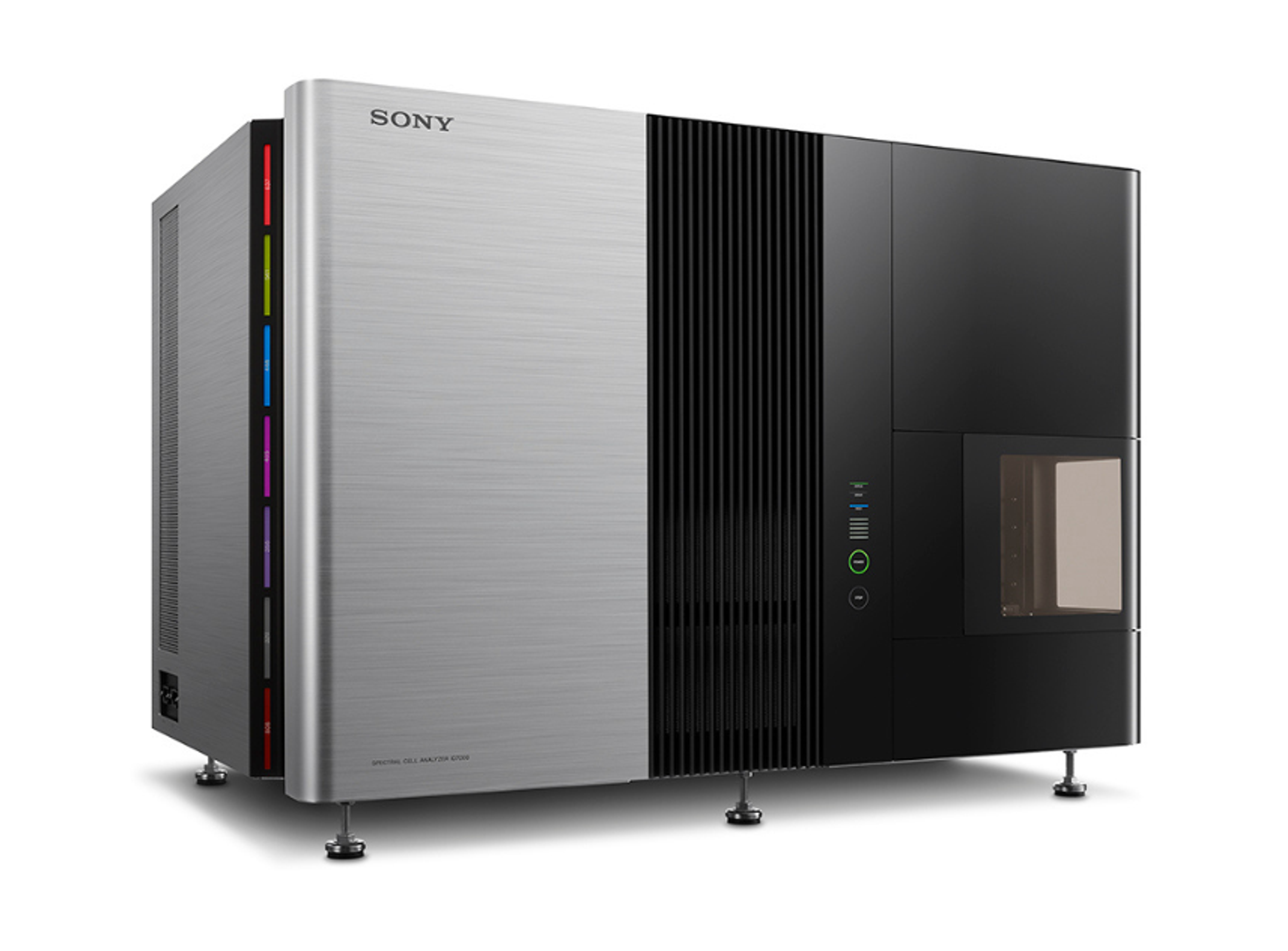Sample preparation and enrichment for single-cell sequencing assays
Join our webinar on Wednesday, January 20, to understand sample requirements and basic optimization steps for single-cell assays
5 Jan 2021

Single-cell RNA sequencing (scRNA seq) has emerged as a powerful tool that can reveal complex and rare cell populations, uncover regulatory relationships between genes, and trace connections between cellular lineages in different cell types and rare populations. The high sensitivity of scRNA seq requires careful processing of the sample to ensure optimal results.
In this webinar, presented by Dr. Nicole Abreu, Science & Technology Advisor, 10x Genomics, we will discuss the basics of sample preparation, sample cleanup and enrichment methods to obtain quality data from single-cell sequencing assays. Additionally, we will share how to leverage 10x Genomics multiplexed approaches to profile gene expression, antigen-binding specificities and classify immune cell types.
Register HereWatch this webinar to learn about:
- Sample input requirements for different single-cell assays
- Cleanup and enrichment strategies for obtaining high-quality data
- Leveraging multiplexed approaches for profiling immune cells
Who should attend?
This webinar will provide insights for researchers who want to understand sample requirements and basic optimization steps for single-cell assays or who are new to single cell sequencing.
The live webinar takes place on Wednesday, January 20, at:
- 16:00 GMT
- 17:00 CET
- 11:00 EST
- 08:00 PST
SelectScience runs 10+ webinars a month across various scientific topics, discover more of our upcoming webinars>>


